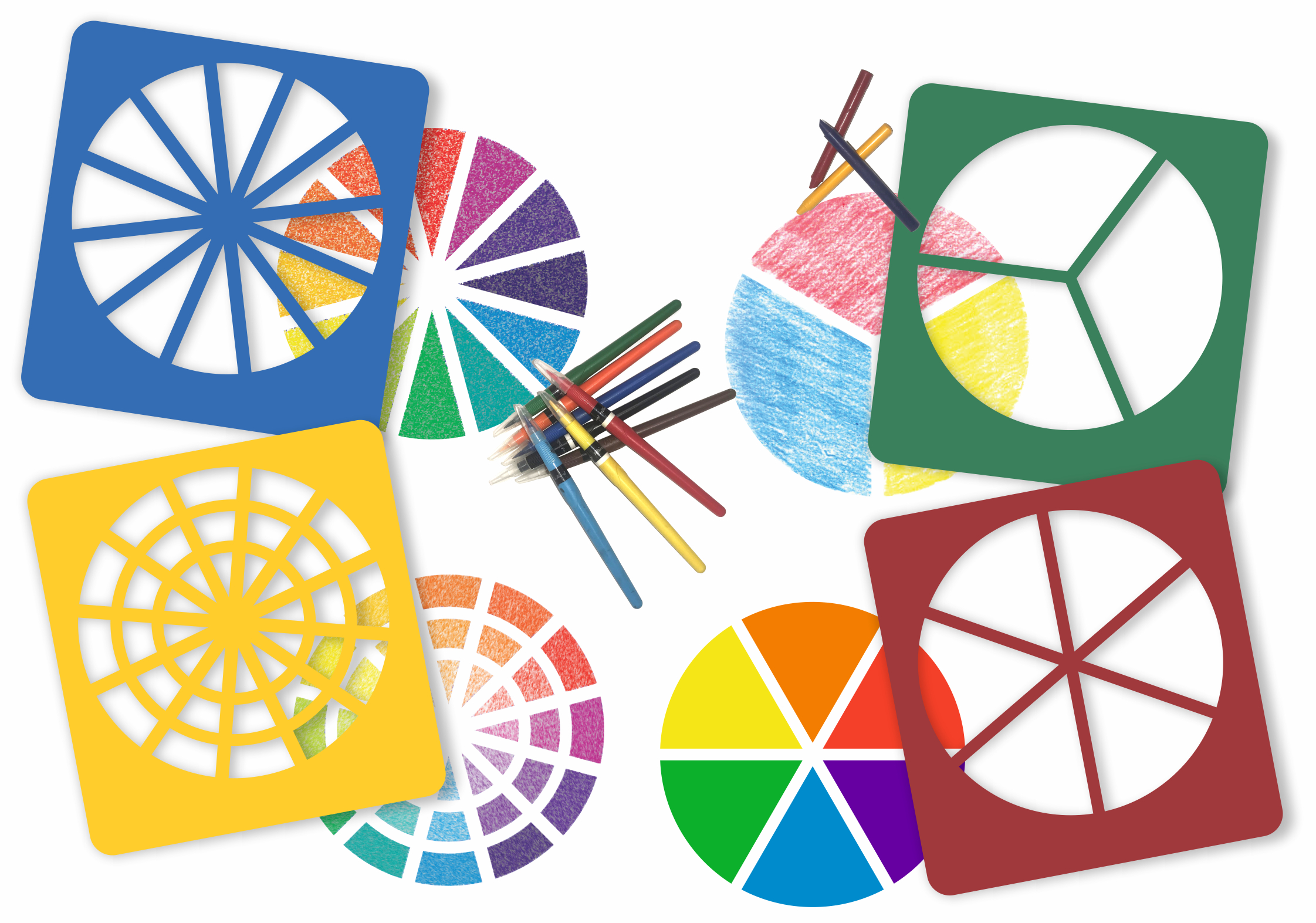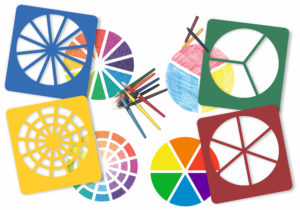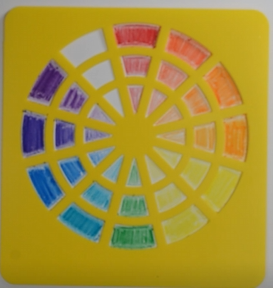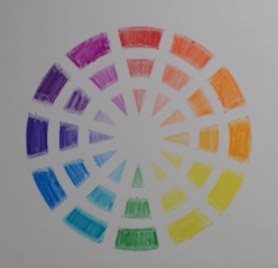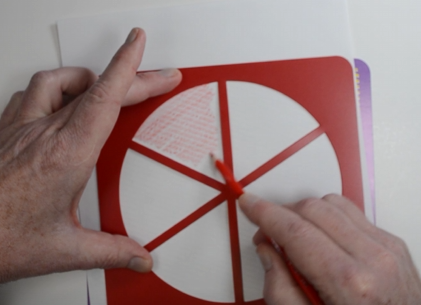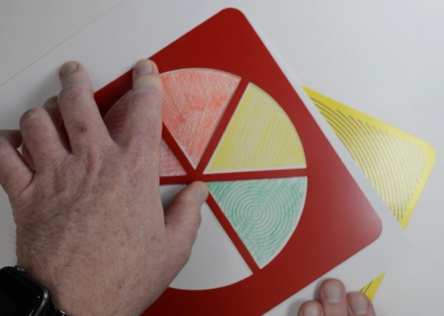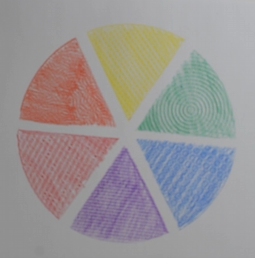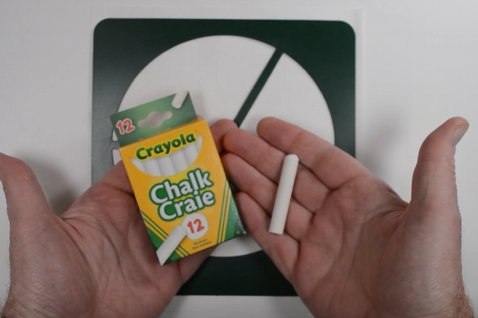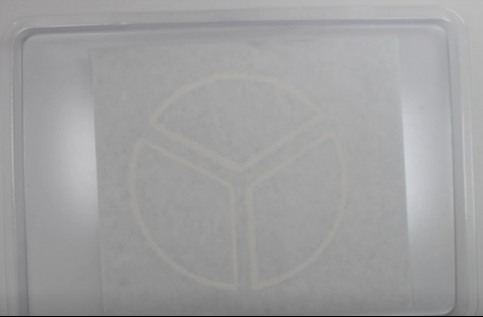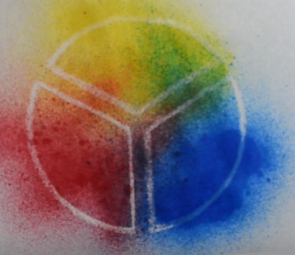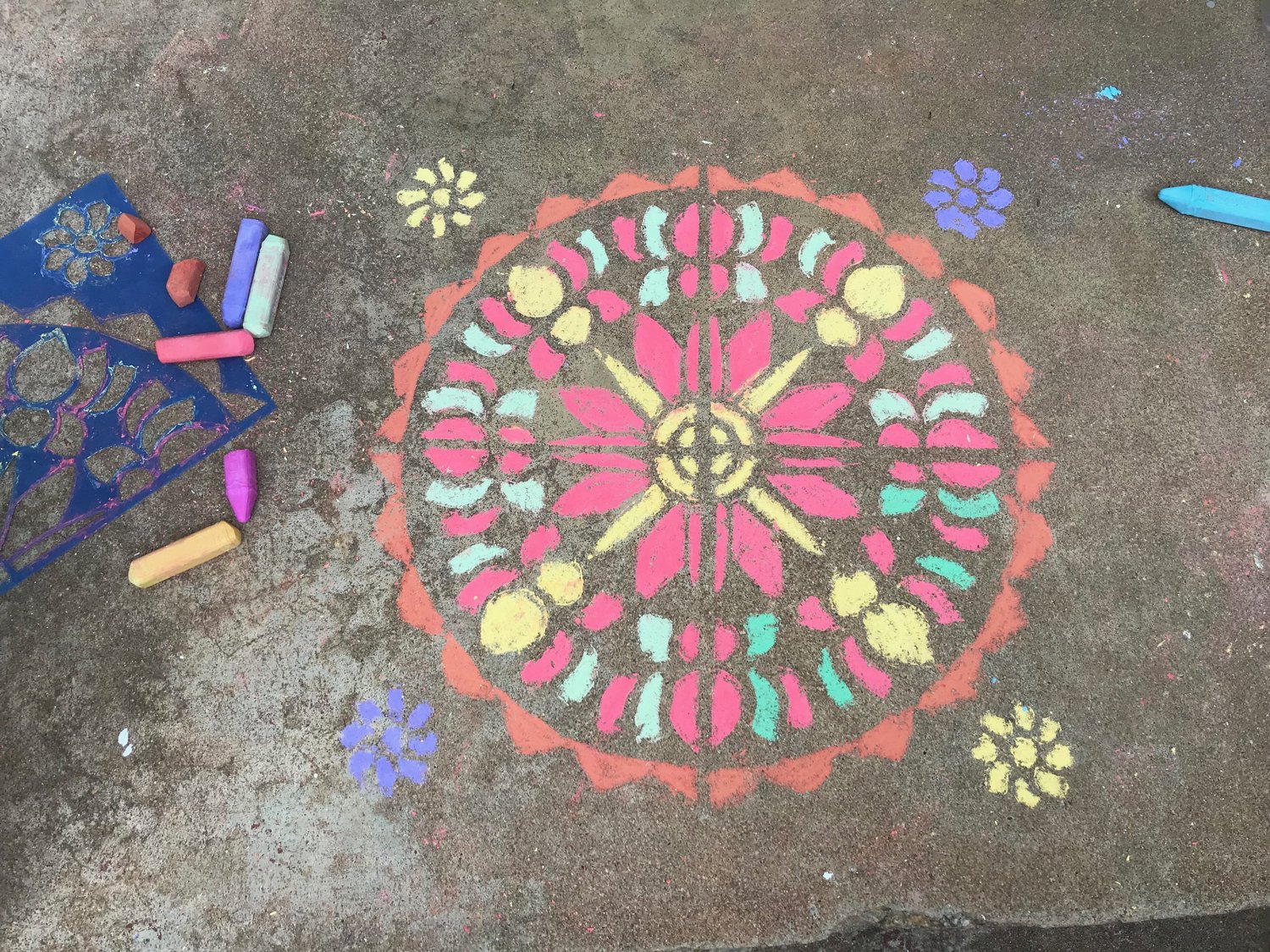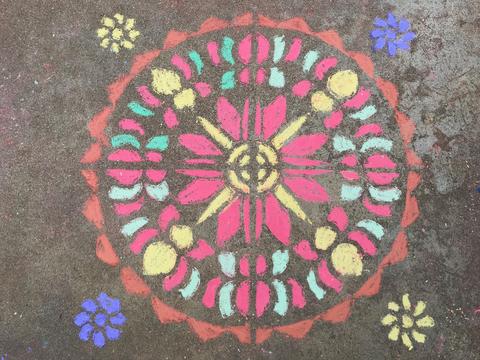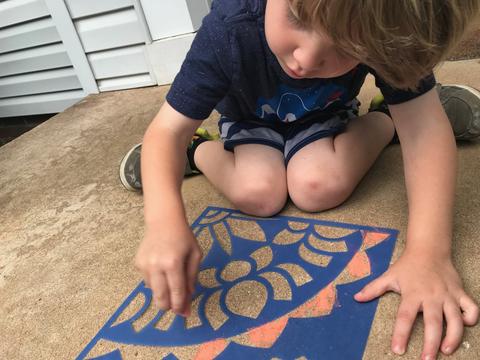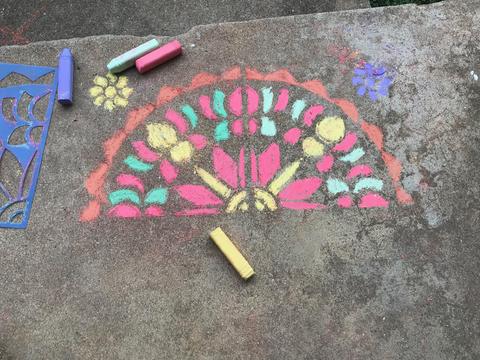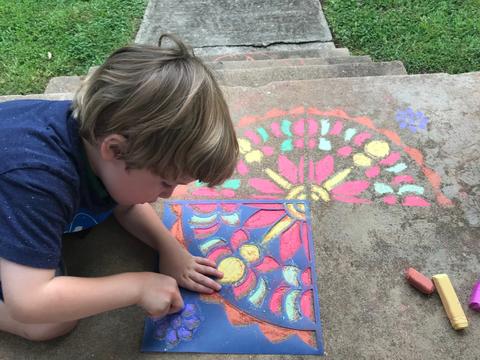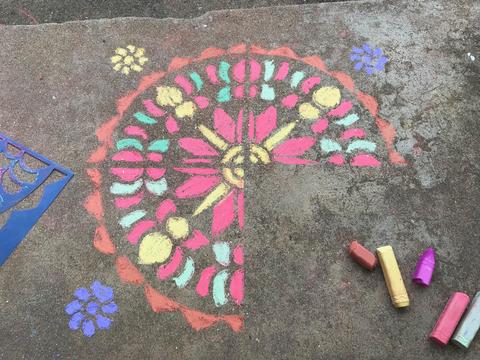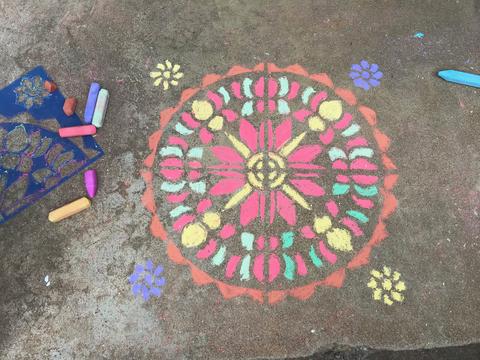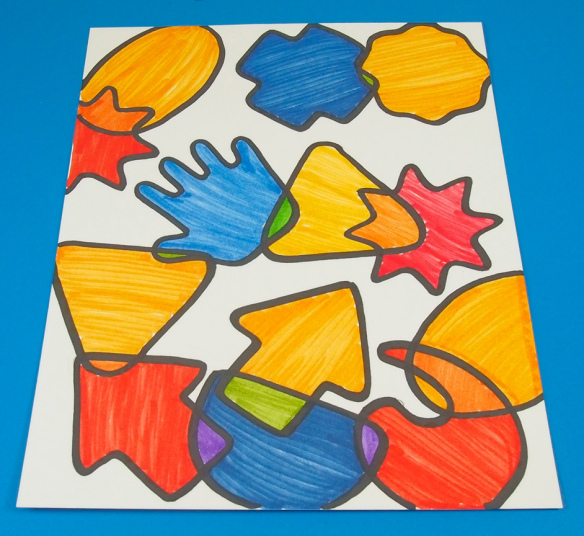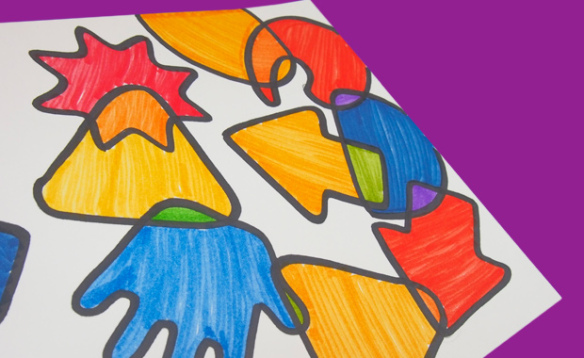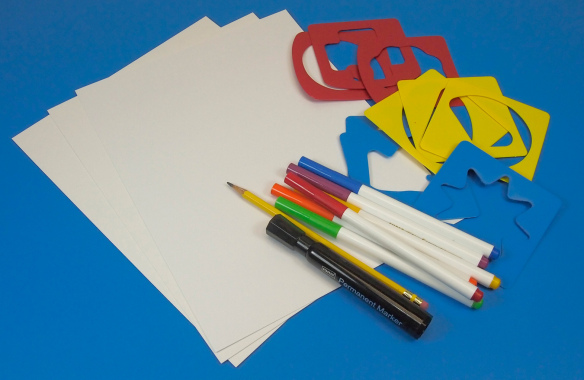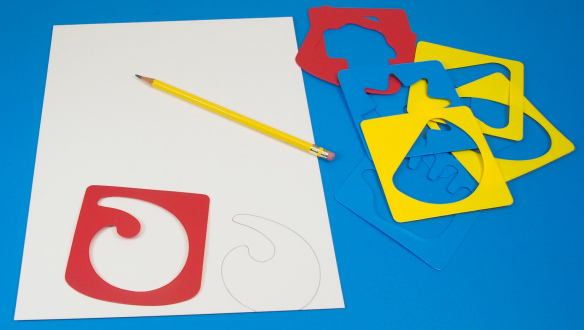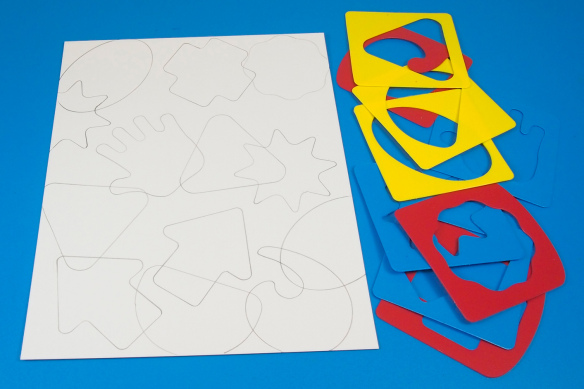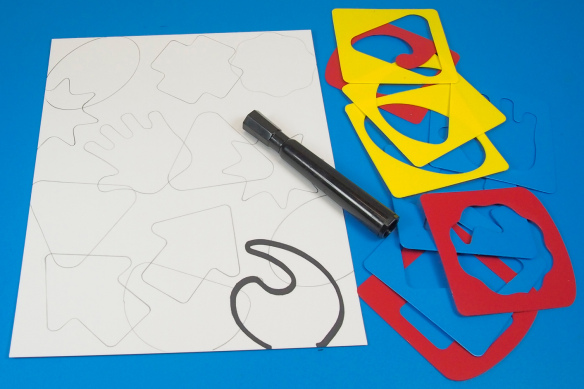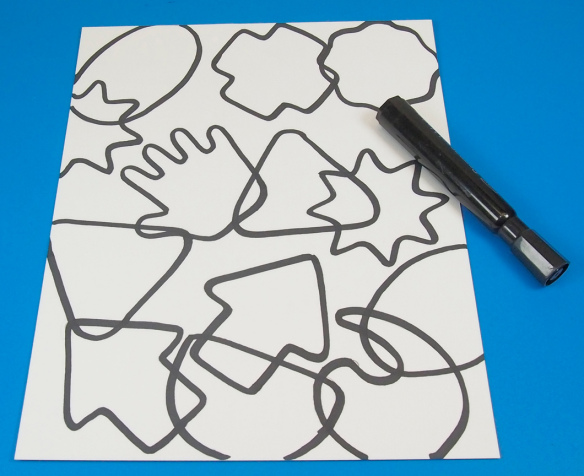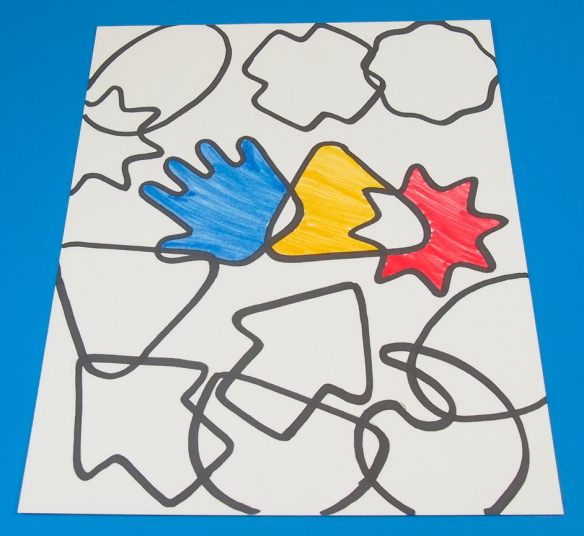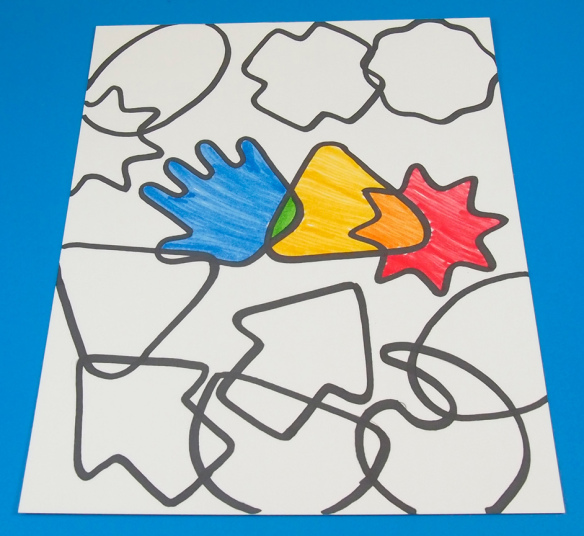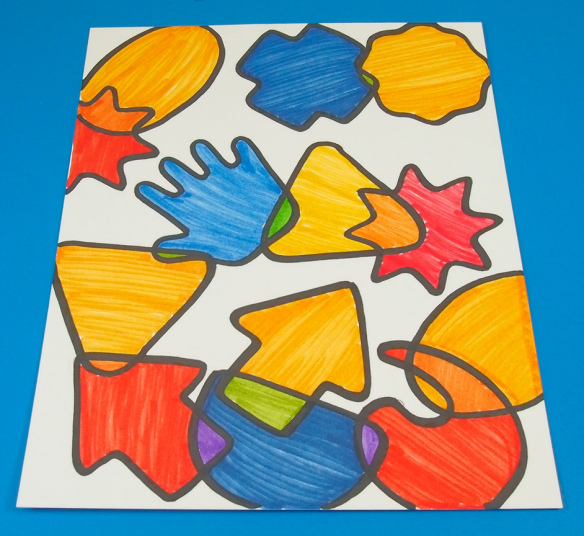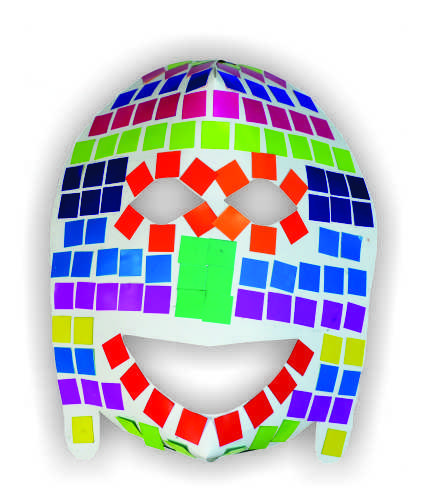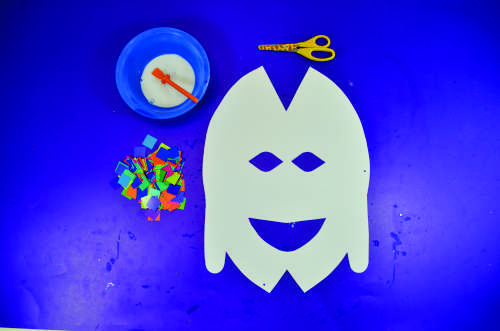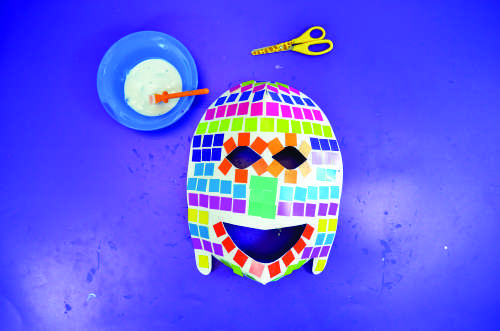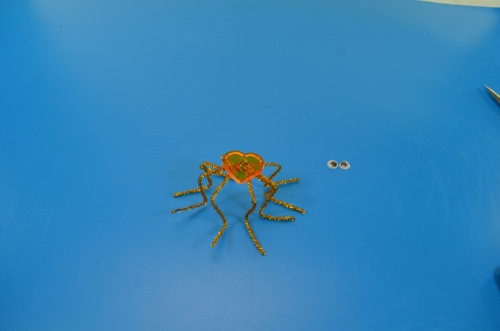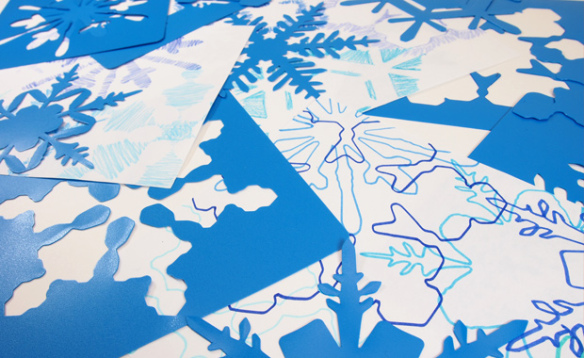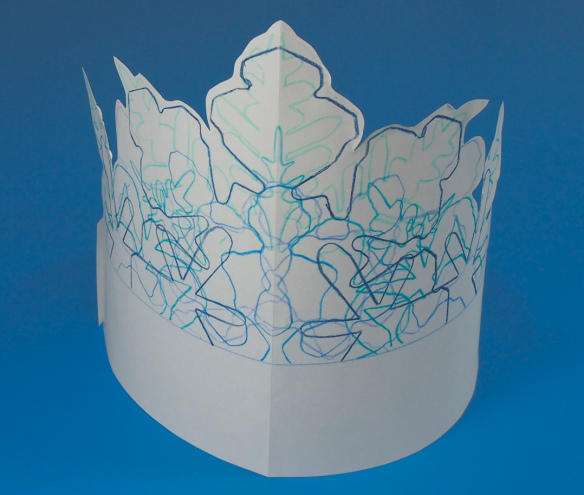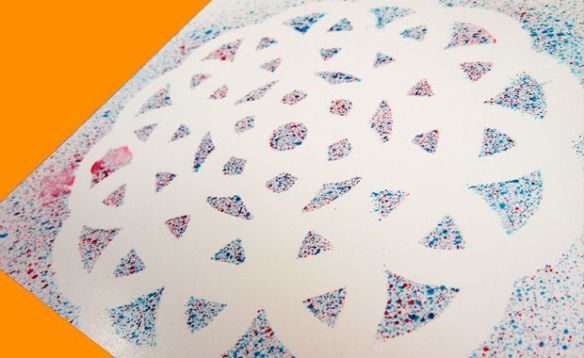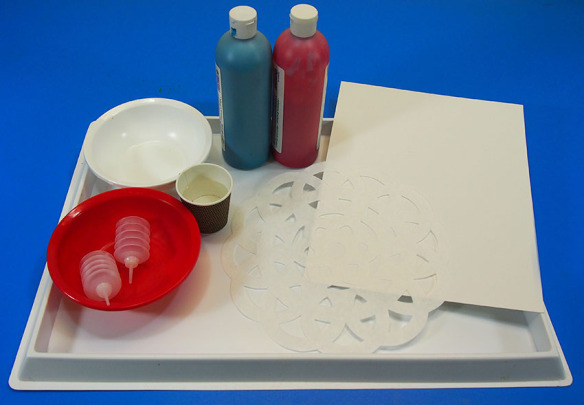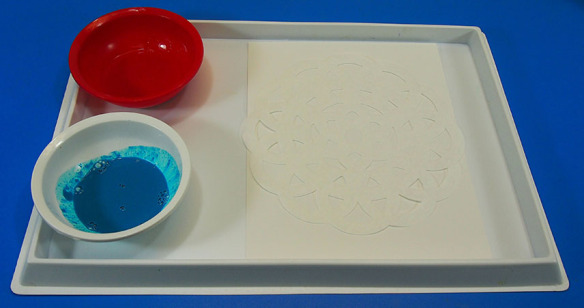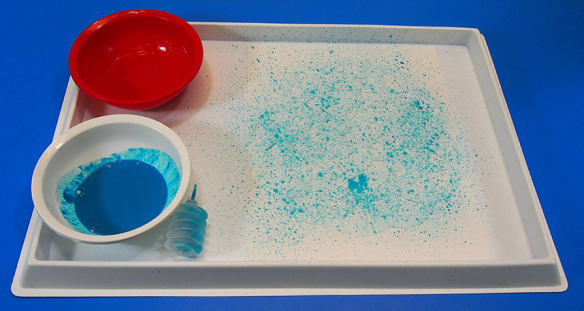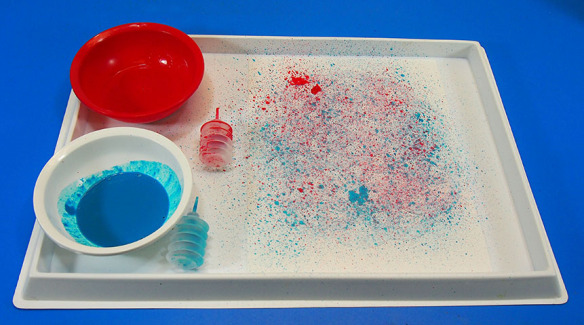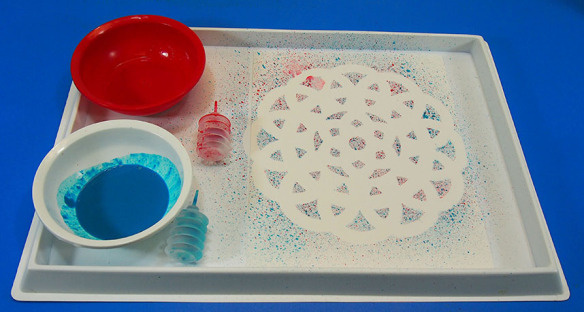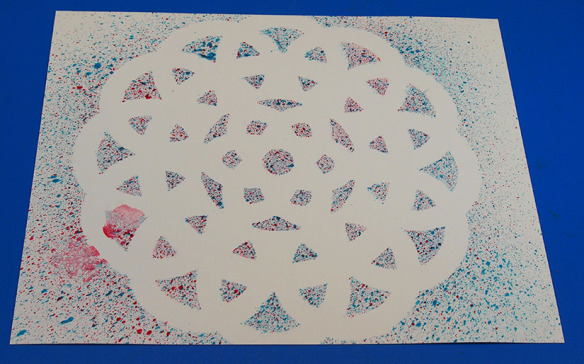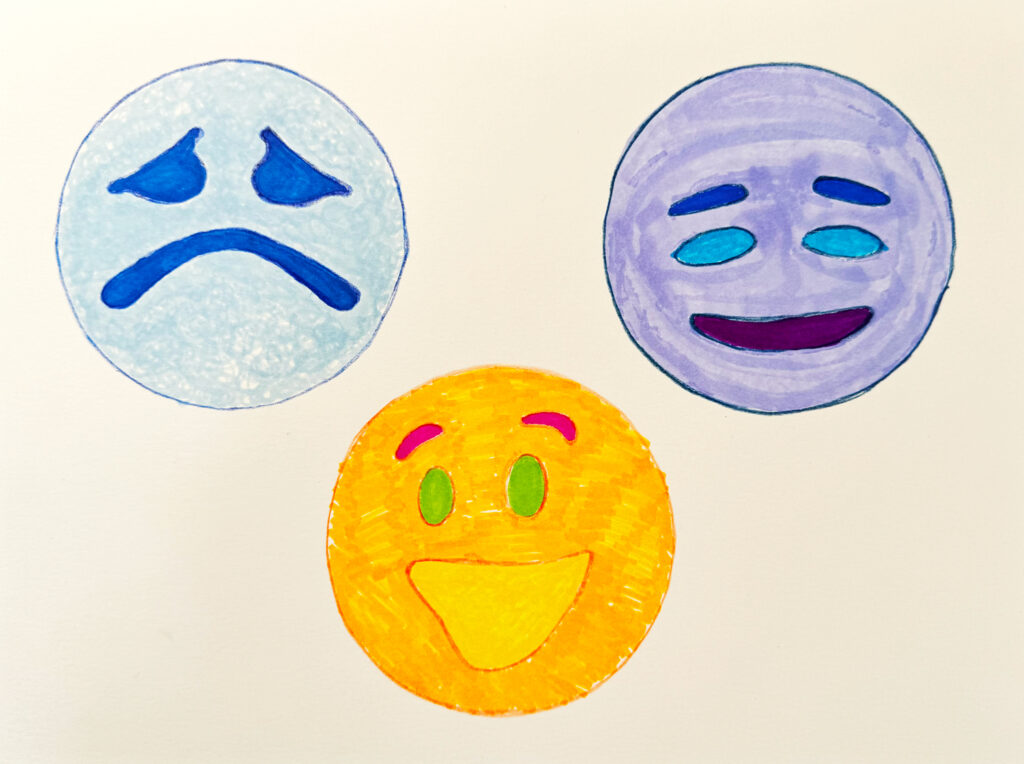
First things first: What are calm down corners?
We’re glad you asked! Calm down corners are a space that help kids learn to understand, control, and regulate their feelings in a safe and familiar environment.
Many of us do not think about the fact that controlling our emotions is something we once had to learn and practice. We are all aware though that this is a valuable skill throughout every stage of life, which is why it is such an important thing to guide your kids through starting from a young age.
For the best calm down corner, you will want to create a comfortable space in a quiet room, and as you may have guessed, a corner is often best. Making the space comfortable and familiar will help the child feel safe and will also help them to engage in activities that allow them to calm down and understand what it is that they are feeling. You can do this by filling the area with things such as books, comfortable seating such as a bean bag, crafts, and toys!
Why are they important?
They provide a designated, safe area where children can go when they feel overwhelmed, anxious, or upset. Having a physical space designated for calming down can help children feel secure and supported. Calm down corners also teach children self-regulation skills by giving them the opportunity to identify their emotions and choose healthy coping strategies to manage them. When children learn to recognize their feelings and regulate their reactions, they develop important emotional intelligence skills that benefit them throughout life. Providing children with a designated space to calm down empowers them to take control of their emotions and behavior. Instead of reacting impulsively to strong emotions, children learn to pause, self-soothe, and make more thoughtful choices about how to respond.
Tools to help increase your child’s mindfulness include:
Mindfulness Tracers
Our Mindfulness Tracers are inspired by nature, body, and mind and help bring mindfulness and art together to create the perfect meditative exercise for calm down corners! Trace the design to help center yourself and de-stress, and then follow it up with decorating the design to create a beautiful piece of art.
Emotion Tokens
Foster your child’s emotional intelligence with our Emotion Tokens that allow kids to explore what they’re feeling in the form of art! Use different stencils and colors to better express emotions while also promoting empathy and understanding.
Creating a calm down corner in your home or classroom is an invaluable practice for both you and your child(ren). It is never too early or late to develop emotional intelligence, self-management, and core relational skills. Let’s help our kids become the best versions of themselves one emotional moment at a time!

